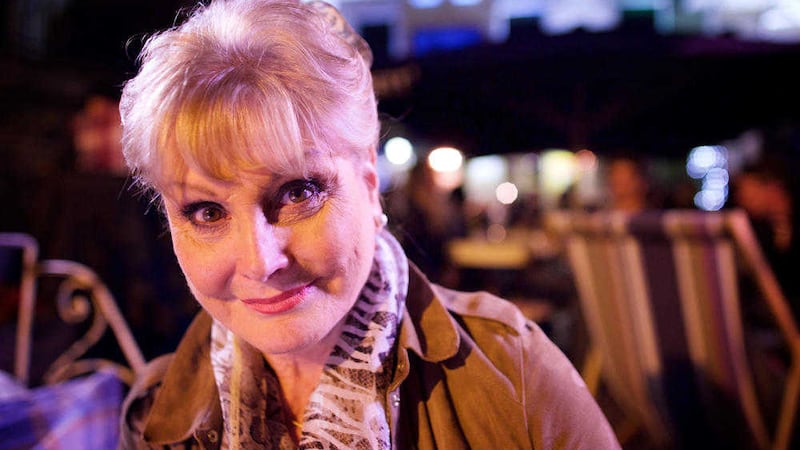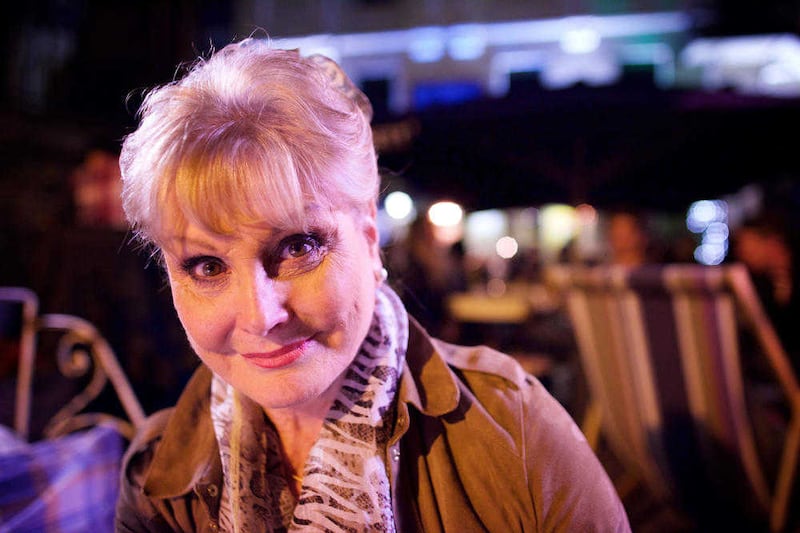IF YOU have been watching the BBC's How to Stay Young presented by Angela Rippon, you may have caught the episode about the strong, active, alert and motor-cycling 100-year-old Japanese gentleman.
Impressive, for sure, but I find it a little annoying that they have put all his amazing youthfulness and strength down to the regular consumption of purple sweet potatoes!
Yes, that may contribute in part, but for all of us, our health is a much bigger picture than just what we eat. There was some mention of the respect which the Japanese extend to their older people, so he was content and very well cared for by family.
I think though, to properly assess how he has lived so long and remained so fit, strong, alert and active, you would have to find out what his lifetime stressors, if any, had been, what he did for exercise, was he inherently a happy, person, what he had been fed as a child, what his job had been, did he eat lots of other healthy fish and vegetables throughout his life and how long his parents had lived.
While we now know that your genes only play a small part in your health, it still is a contributing factor, but what is most important is your lifestyle and the environment in which you live.
If, though, you are interested in the healthy diet of the Japanese centenarian, as far as I know we don't get purple sweet potatoes here. Maybe that's an opportunity for any producers out there.
But the nutrient in these purple potatoes is anthocyanin’s and this is found in many other fruit and vegetables which are available to us in many accessible foods.
The main sources of anthocyanin’s are berries, such as blackberries, grapes, blueberries, other blue/purple fruits like plums, cranberries, pomegranates, cherries – the darker the better – red fleshed peaches and pears. Other sources include oranges, especially blood oranges, elderberry, olives, red onion, fig, sweet potato, mango and purple corn.
Bizarrely; bananas are a good source and possibly the best of all is aubergine.
Try this easy recipe to get into aubergines – it's called Baba Ghanouj.
BABA GHANOUJ
1-2 aubergines (about 2lbs)
3 Tbsps. extra virgin olive oil
2-3 Tbsps. tahini (sesame paste)
1-2 garlic cloves finely chopped
1 teaspoon ground cumin
Juice of one lemon
Salt and cayenne pepper to taste
1 Tbsp. chopped parsley
Preheat grill. Pierce the aubergines in a few places with a fork, then rub with 1 tablespoon of the olive oil. Grill over high heat, turning as each side blackens. Put them in a paper bag, close the bag and let the aubergine steam in their skins for 15-20 minutes.
Scoop the aubergine flesh into a bowl and mash well with a fork. Combine with the garlic, remaining olive oil, tahini, cumin, lemon juice, salt, and a pinch of cayenne. Mash well.
Cool to room temperature, then season to taste, swirl a little olive oil on the top. Sprinkle with fresh chopped parsley and serve with fresh vegetable crudités, or toasted pitta bread.
r.armstrong@irishnews.com



